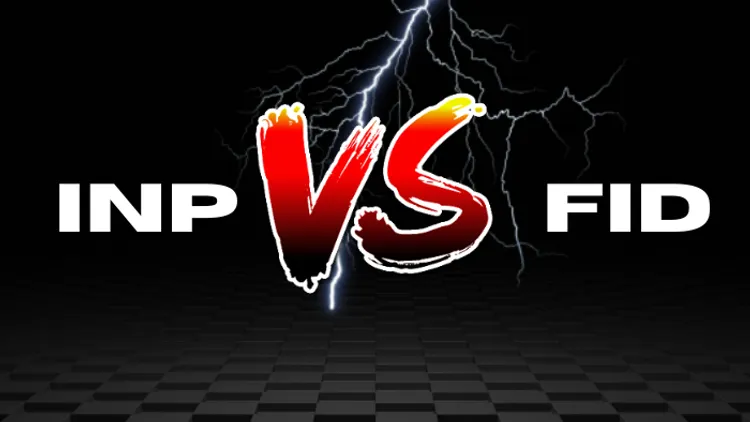
Webvitals: FID vs INP
Google’s Core Web Vitals are a set of metrics that measure the real-world user experience for loading performance, interactivity, and visual stability of a web page. First Input Delay (FID) and Interaction to Next Paint (INP), are part of these Core Web Vitals.
FID measures how long it takes for a website to respond to the first interaction taken by a user. On the other hand, INP measures the time it takes for a website to respond to all user interactions.
Google has announced that INP will replace FID as the primary Core Web Vital metric for responsiveness in March 2024. Although both INP and FID affect user experience, their effects are distinct. A low INP score ensures a seamless browsing experience, whereas a low FID score ensures better quality images.
In terms of web development, INP is more comprehensive than FID as it tracks events related to layout stability such as image loading and element positioning to determine visual stability. In contrast, FID focuses on interactions like clicks and taps, capturing the time to process these user actions.
It is important to note that INP can directly impact the ranking of your website on search engines. The ideal INP score is said to be between 0 and 200 milliseconds. A lower INP score is necessary for all web owners to generate a seamless user experience.